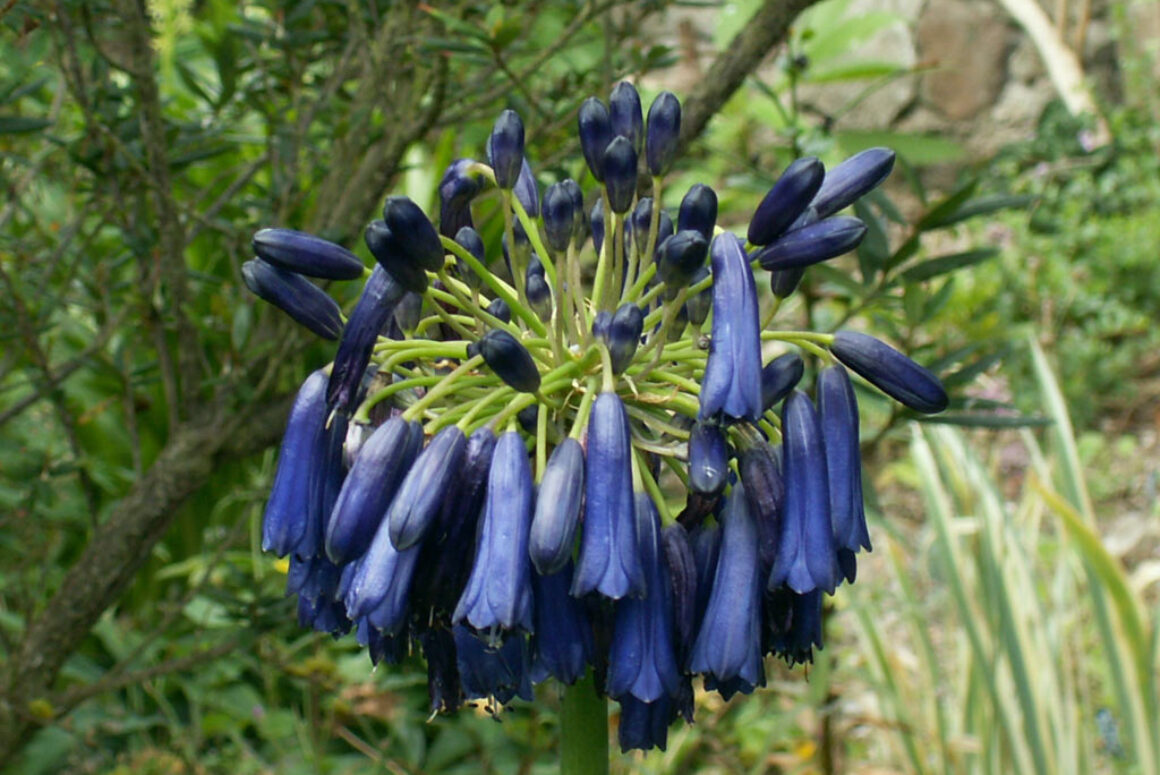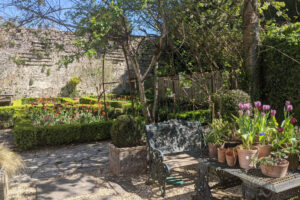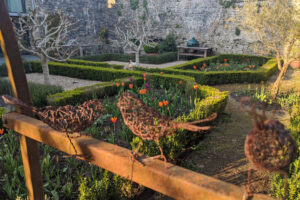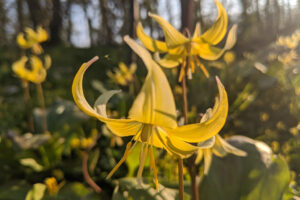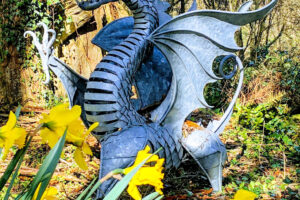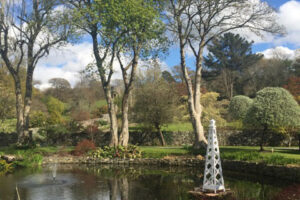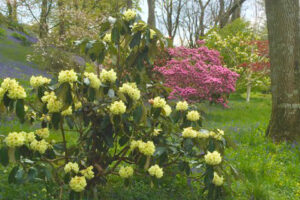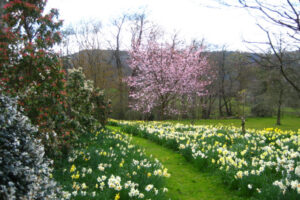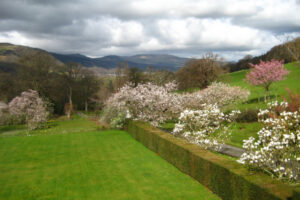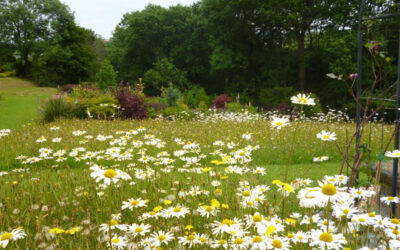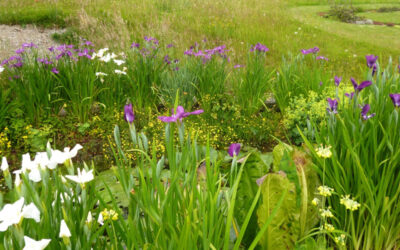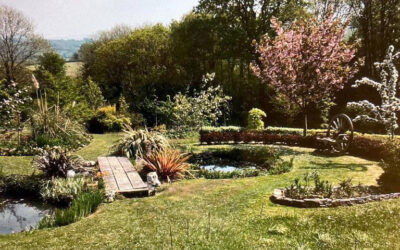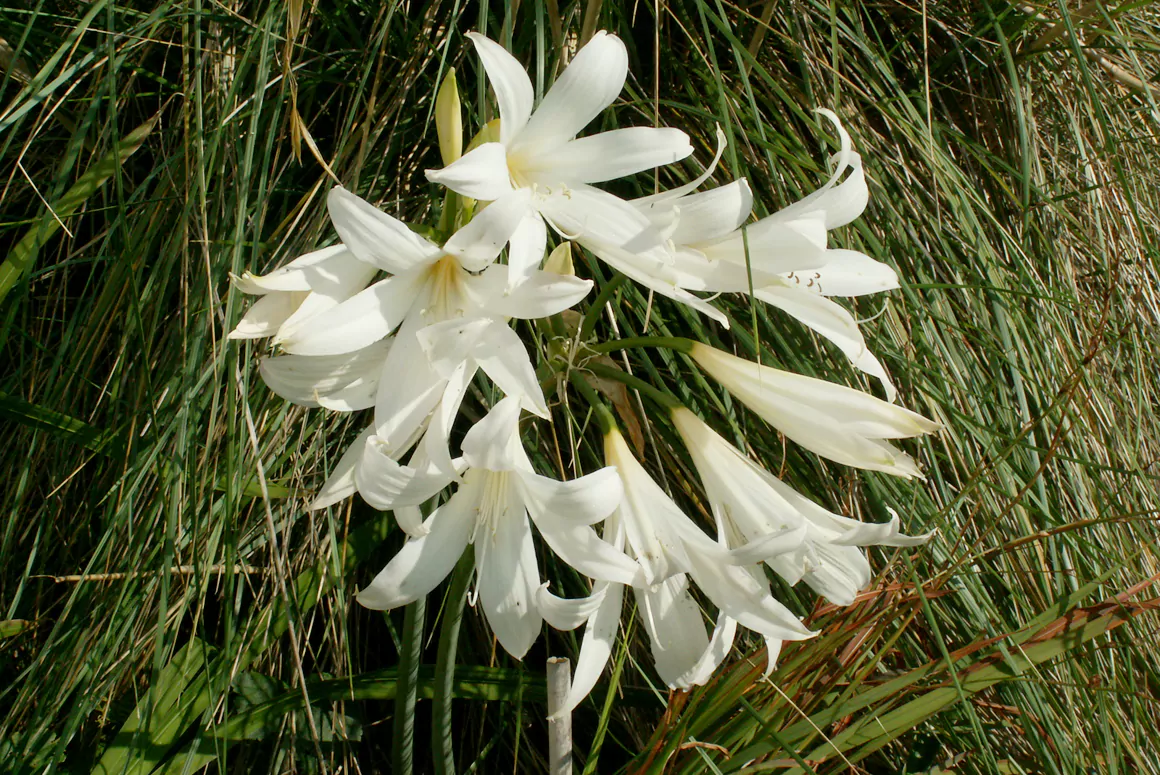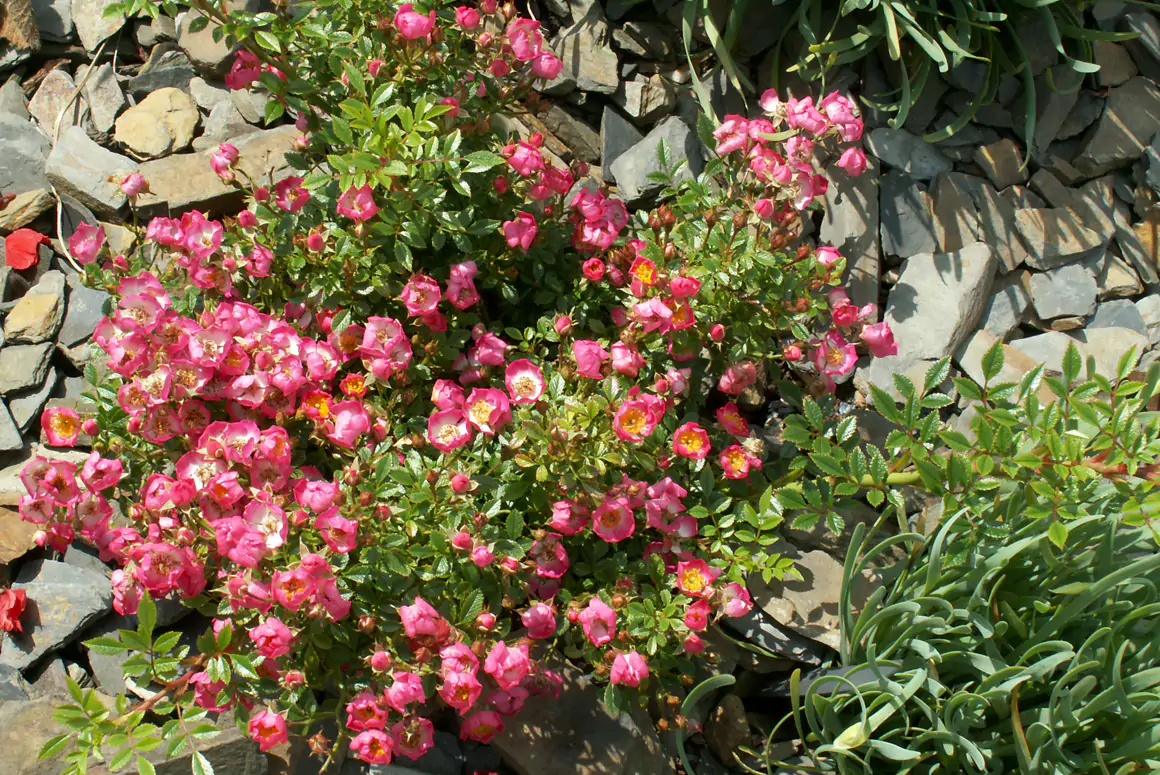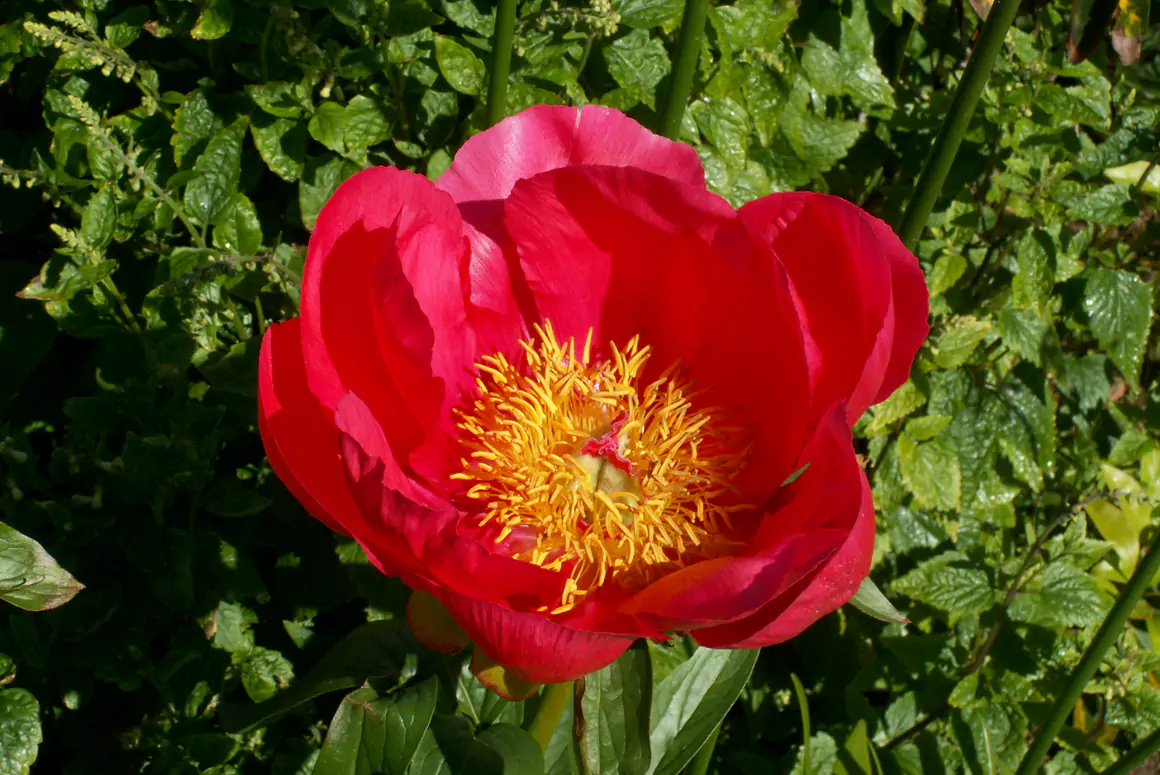![]()
I watched a blackbird on a budding sycamore
One Easter Day, when sap was stirring twigs to the core;
I saw his tongue, and crocus-coloured bill
Parting and closing as he turned his trill;
Then he flew down, seized on a stem of hay,
And upped to where his building scheme was under way,
As if so sure a nest was never shaped on spray.Thomas Hardy (1840-1928)
At the time of writing we are still in the throes of the Great Covid War, although with vaccines there is the prospect of salvation. I hope, as you read this, that restrictions are easing and we can all enjoy the first floral delights of the year.
Although my coastal garden on Gower benefits from a micro-climate, it still has limitations for really tender plants. Since I cannot resist a challenge, and these plants are often very flamboyant, I still give them a go.
I have admired Erythrina crista-galli from Brazil for many years, having seen them expertly grown and giving a magnificent late summer display in Singleton Botanic Gardens, Swansea. I grew my own plants from seed but it is also quite easy to root from semi-ripe cuttings. Initially I grew my plants in pots, kept frost free in winter. However, once they developed a woody trunk I decided to plant two directly into my garden. One has thrived with flowering improving each year, the other is still slow to flower but perfectly healthy. Their display is enhanced by reducing the number of shoots to four or five, pinching out any surplus shoots. They are not fussy over soil as long as it is well drained but require sun to flower well. They are cossetted in winter with an overcoat of fleece over bracken, topped with a waterproof cover.
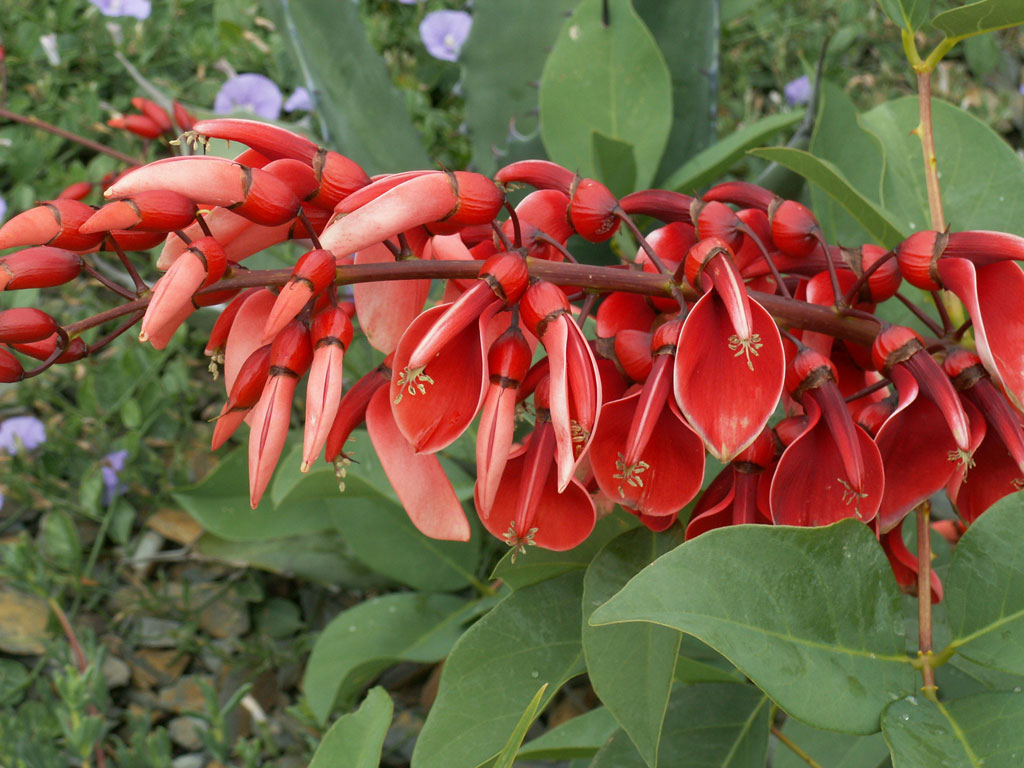
I grow a dozen different agapanthus, which are one of my favourite plants and most are totally hardy. However Agapanthus inapertus subspecies pendulus ‘Graskop’ is on the tender side, and even in my garden, has not survived severe frost. Despite this tenderness it is worth providing a dry mulch in winter because the hanging dark blue flowers are spectacular and long lasting. It is certainly worth growing in a pot if you suffer from hard frosts and is easy in any reasonably well drained soil but requires a sunny situation.

Salvias have increased hugely in popularity and new hardy varieties are appearing every year. Salvia dombeyi from Bolivia and Peru is definitely not hardy and will not survive any sub zero temperature. In a frost free environment it can grow to 20 feet but always needs support. Easily grown in a pot and kept slightly dry, it overwinters in my conservatory. It forms a wooden base from which tall stems up to 4 feet long grow, each tipped with 3 1/2 inch spectacularly beautiful blooms which open over an extended period. Propagation is by softwood cuttings.
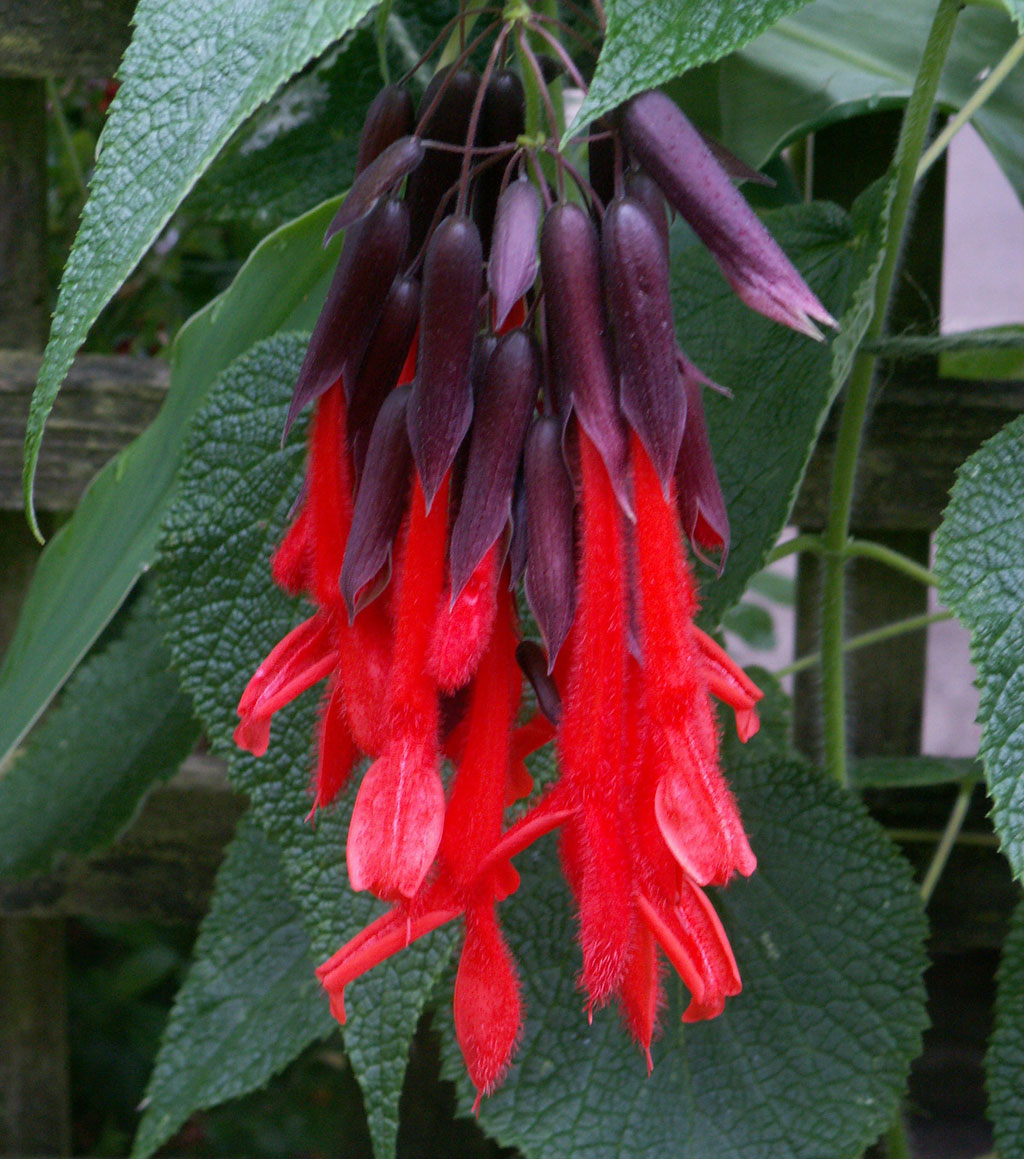
Hopefully we can look forward to the reopening of National Garden Scheme (NGS) gardens throughout the Principality (subject to government guidelines).
Llandough Castle
Llandough Castle combines historical and horticultural delights in the Vale of Glamorgan. Set within the castle grounds with a backdrop of an ancient monument, the 3 1/2 acre garden includes a potager with a hint of the Mediterranean, herbaceous beds, a wildlife pond with waterfall and a woodland garden with stumpery and sculpture. Over 60,000 spring bulbs have been planted including snowdrops, narcissi and tulips, which should make a magnificent display.
Maenan Hall
Moving North the superbly beautiful 4 acres of Maenan Hall lie on sloping ground within the Conwy Valley. The gently acid soil, combined with rather heavy clay, nourish a great variety of ornamental trees and shrubs. There are dramatic views of Snowdonia from the garden which sits amidst mature hardwoods. Sweeping lawns, ornamental ponds and the bluebell carpeted woodland dell, contain copious specimen shrubs and trees, many originating at Bodnant. Magnolias, rhododendrons, camellias, pieris and cherries making a breath-taking display.
Ysgoldy’r Cwrt
Ysgoldy’r Cwrt near Tregaron was transformed from a wet, stony, Mid Wales hillside, covered in rough grass and rushes into an interesting and exciting garden with many unusual shrubs and trees. This 1 acre hillside garden has 4 natural ponds and large collections of Iris ensata and Iris laevigata in a variety of colours. Rare trees, large herbaceous beds with ornamental grasses, and an acer collection, are bounded by a mountain stream, with natural cascades and magnificent views.
Remaining in Mid Wales, Gorsty House in Powys is the quintessential country garden, abundantly planted with cottage garden perennials that follow the seasons, acting as a magnet for bees and butterflies and a haven for wildlife. The 2 acres of garden includes deep borders, a pond, a young orchard underplanted with wildflowers, and an acre of flowering hay meadow. The whole garden is enlivened in spring with thousands of daffodils enhancing wonderful views.
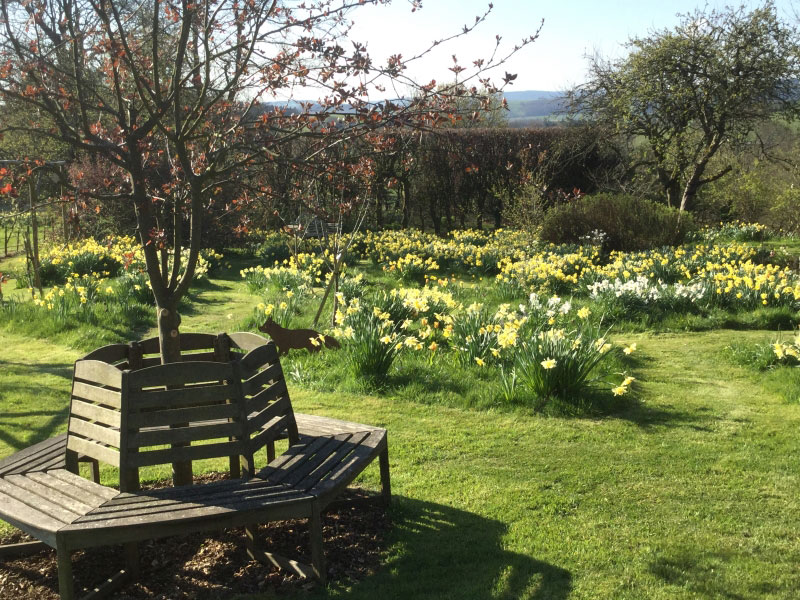
NGS Open Gardens
Welsh Country has two NGS open garden sections. The first ‘Open Gardens’ are gardens that are open on specific days and the ‘Long Term Open Gardens’ which are by appointment only. There is a search facility on each page so simply search for a garden name or an area of Wales (i.e. Swansea) you’d like to visit.


